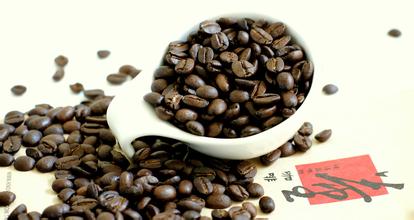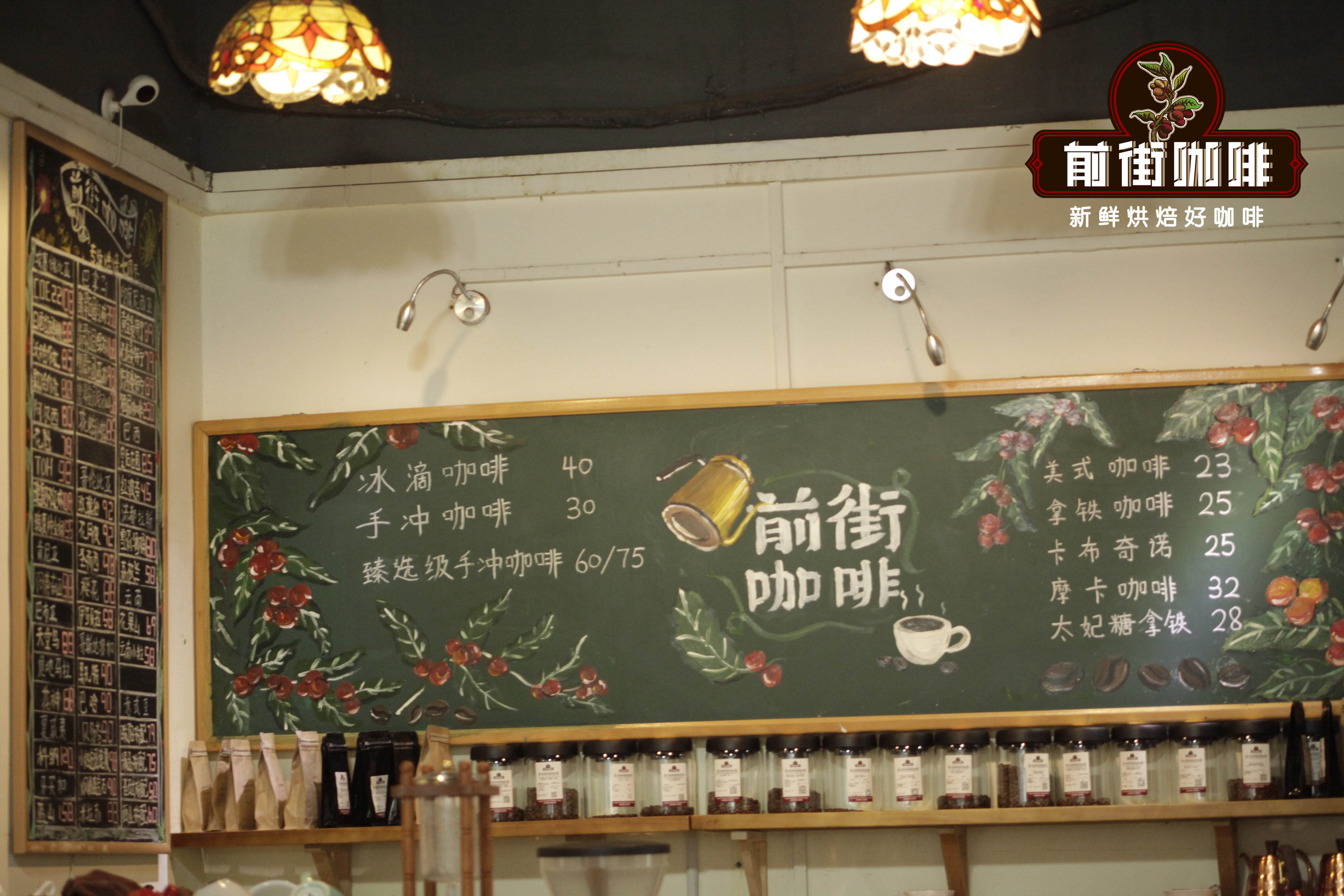The whole process of coffee from picking to finished product characteristics of Yunnan coffee beans in picking season
The whole process of coffee from picking to finished product-Yunnan coffee bean picking season
The purpose of removing the pulp is to separate the pulp from the seed coat of coffee beans. The pulp is removed by squeezing the berries. Because ripe berries contain a lot of moisture, peeled coffee beans can easily pop out when the berries are squeezed.
The next step is to remove the mucus, which aims to remove the residue of the mesocarp that clings to the seed coat after the pulp has been removed (see the illustration of the various parts of the coffee berry). Because the mucus is insoluble in water and tightly attached to the seed coat, it cannot be removed by simple cleaning, so it either needs to be cleaned after fermentation or can be removed by strong friction in an equipment called a mucus remover.
In Yunnan, this process is mainly accomplished by natural fermentation. The term fermentation is not 100% accurate because there is no biochemical reaction inside the coffee beans. It is more appropriate to call this process the use of biochemical reaction or hydrolysis to remove mucus. This reaction is caused by natural enzymes in coffee berries.
The fermentation time varies from 6 hours to 72 hours, depending on the temperature, the amount of mucus and the concentration of digestive enzymes. Put the coffee in the fermentor until the mucus is completely decomposed and the beans can be cleaned.
Linnemas, a Swedish botanist in the 18th century, described this genus, but botanists disagreed on its precise classification. There may be at least 25 major varieties of coffee, all of which are native to tropical Africa and some islands in the Indian Ocean. However, due to the varieties of trees and seeds, they are also different. All kinds of coffea are woody plants, but they may be low shrubs or trees higher than 10 meters, and the leaves vary in color from light yellow to purple.
Coffee will probably be seeded in 3-4 years, and the yield will decrease after 20-25 years, but some coffee trees still bear fruit beyond 100 years of life. The branches of coffee trees grow opposite and grow horizontally or drooping branches, while their leaves grow on short-diameter branches. The two main species are Arabica (CoffeeArabic) and CoffeeRobusta. The leaves of Arabica are about 15 centimeters long. Robbins' leaves are long, soft-oval or pointed in shape and bright green in color.
The first flowering period of the coffee tree is about 3-4 years in the forest. The flowers are white, dense and grow in clusters in the second branch of the coffee tree. The petals are 5-6 petals, the fragrance is very strong, the fruit is a drupe, 1.5 cm in diameter, it is green at first, it turns red after maturity, and the seeds of the cherry tree. The two coffee beans stand upright in the fruit on one side of their plane, each black by a thin outer membrane. This membrane is called Silverskin. Its outer layer is also covered with a yellow skin, called Parchment. The whole coffee is wrapped in a sticky pulp to form the inside of the coffee fruit, which is soft and sweet, with the outermost shell.

Important Notice :
前街咖啡 FrontStreet Coffee has moved to new addredd:
FrontStreet Coffee Address: 315,Donghua East Road,GuangZhou
Tel:020 38364473
- Prev

Introduction to the growing process of Wild Coffee, Environment, planting and Manor producing areas
The growth process of wild coffee the environment of planting manors the drinking and cultivation of Yemeni coffee dates back to 1454. The government allowed drinking and growing coffee that year, because the government may find that the exciting function of coffee is more powerful than the hypnotic function of gat.
- Next

Black coffee 1 cup espresso caffeine content 1 cup black coffee caffeine content
Black coffee espresso caffeine content-2g black coffee caffeine content latte is the most familiar Italian coffee item, it is in the thick and full-bodied Espresso added equal proportion, or even more milk fancy coffee. With the warm seasoning of milk, the originally sweet and bitter coffee becomes smooth, sweet and rich, and even those who are not used to drinking coffee are difficult to compete with latte Fangmei.
Related
- What brand of black coffee is the most authentic and delicious? what are the characteristics of the flavor of the authentic Rose Summer Black Coffee?
- Introduction to the principle and characteristics of the correct use of mocha pot A detailed course of mocha pot brewing coffee is described in five steps.
- Which is better, decaf or regular coffee? how is decaf made?
- How much is a bag of four cat coffee?
- How about four Cat Coffee or Nestle Coffee? why is it a cheap scam?
- Which is better, Yunnan four Cats Coffee or Nestle Coffee? How about cat coffee? is it a fake scam? why is it so cheap?
- How about Cat Coffee? what grade is a hoax? which instant coffee tastes better, four Cat Coffee, Nestle Coffee or G7 coffee?
- Process flow chart of coffee making-Starbucks coffee making process what coffee tastes good at Starbucks
- The top ten best coffee beans in the world Rose summer coffee or Tanzanian coffee tastes good
- Yunnan four cat coffee is good to drink?_four cat coffee is a big brand? four cat blue mountain coffee is fake?

